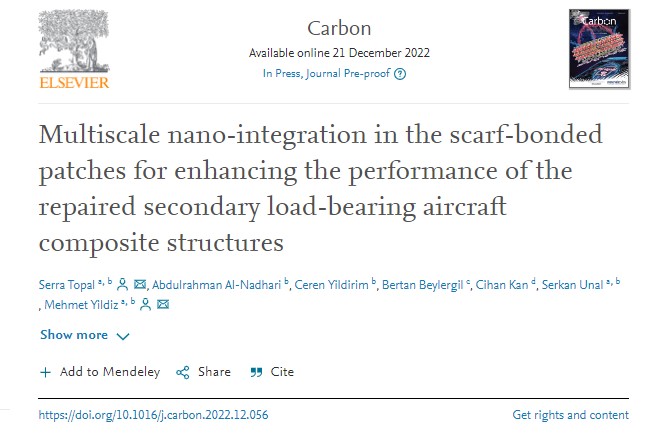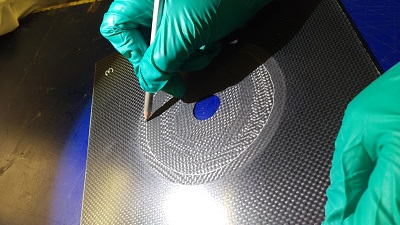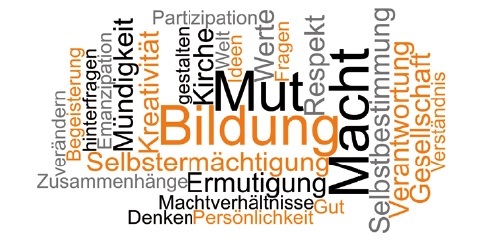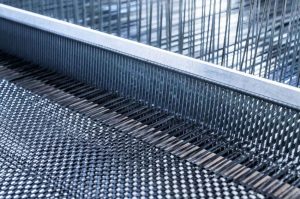DİMAP – Direct Digital Manufacturing Platform project is in progress
DİMAP – Direct Digital Manufacturing Platform project which officially started with its Kick-off Meeting on 25rd March 2023 has been advancing at its full speed.
The project is funded by EC IPA-II (Instrument for Pre-Accession) CISOP (Competitiveness and Innovation Sector Operational Programme) through Ministry of Industry and Technology (MoIT) of Turkey.
Direct Digital Manufacturing Platform (DiMAP) which will be integrated and will expand within the Sabancı University Integrated Advanced Manufacturing Centre (SU-IMC), is aimed to be an innovative digital AM platform for quality control, testing and characterization of data-driven smart manufacturing systems within the current center. Thus, this platform will help and transform SMEs by enabling and uplifting them to manufacture high value-added functional parts. In certain applications, with the help of DiMAP, the pilot-scale products or product groups of SMEs will be extended up to TRL-7 (demonstration of the prototypes in operational environment).
The Project is composed of Technical Assistance and Supply Components. TA is being conducted by Frankfurt School of Finance and Management. Within the project, 18 different equipment under 8 LOTs are supplied.
- Lot 1: Additive Manufacturing and Post Processing Equipment (EBM, high Pressure dynamic gas cold spray, tube furnace, ball milling system, CNC lathe)
- Lot 2: Material Characterization Equipment (XRD, Microstructure specimen preparation)
- Lot 3: Mechanical Testing And Characterization Equipment (Hardness tester, Creep tester, Tribometer)
- Lot 4: Metrology and In-Situ Monitoring Equipment (3D scanner, ultrasonic immersion system)
- Lot 5: Microscopy Equipment (SEM with FIB)
- Lot 6: X-Ray Computed Tomography (X-CT)
- Lot 7: Wire EDM
- Lot 8: High Cycle Fatigue Tester
Target groups:
• SMEs
• Start-ups
• Companies
• Institutions
• Universities, R&D and Design Centers
The Inception phase of the Technical Assistance is completed in October 2023. The supply deliveries, installations and supplier trainings have been ongoing since January 2024.
Stay tuned for announcements on metal AM trainings for SMEs and professionals, also networking, Tech Challenge and collaboration events!
OCU Team: OCU Director: Talat Durgut (SU ATT), Deputy OCUD: Devrim Ozaydin (SU IMC CTCE CEO), Techn Leaders: Dr Serra Topal, Bora Gönül, Deputy Techn leader: İlayda Erkul
#additivemanufacturing #engineering #advancedtechnology #coldspray #aerospace #automotive #digitalmanufacturing






